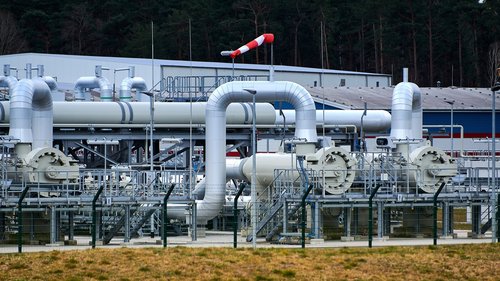The European Banking Union should make the euro crisis-proof, since the currency union is vulnerable to a vicious circle of banking and sovereign debt crises. This week, representatives of the Banking Union were heard in Brussels and it was found that much work remains to be done. The Cologne Institute recommends placing high priority on the reduction of government debt and non-performing loans in bank balance sheets.

Work in progress
Since the banking and sovereign debt crisis, the EU has made progress: the European Central Bank (ECB) has taken over the supervision of the largest banks in the Eurozone and a new resolution authority based in Brussels was established to resolve banks in distress if necessary. However, the large banks of the euro area - particularly the southern European countries - still have large amounts of non-performing loans in their balance sheets. According to the IW bank monitor, these amounted to almost 780 billion euro at the end of 2015. This suggests that both authorities have a hard time with the reform of the European banking sector.
But there are still open construction sites: the banks of the Eurozone purchase further government bonds despite the still looming government debt crisis. At the same time, they no longer provide sufficient loans to companies. This is because government bonds enjoy a regulatory privilege: banks are allowed to purchase the bonds without the need to raise additional equity capital. However, if the government bonds lose value, the existing equity capital of the banks will be reduced. Equity capital is then missing for the lending to companies and in the worst case leads to the insolvency of the institutes.
Within the Banking Union, the connection between the insolvency risks of banks and states should be capped, but that is not yet done.
The reform efforts to date have been limited to the regulatory framework for banks. What is needed instead is an effective insolvency regime for both state and even private debtors. Such an insolvency regime for states had already been proposed by the Cologne Institute: In addition to a capital requirement for government bond holdings, a moratorium on the debt service is needed. In addition, also national minimum standards for the insolvency of private borrowers are needed. In countries with more effective insolvency procedures, banks have less non-performing loans in their balance sheets. For example, in Finland only 1.3 per cent of all loans are non-performing, compared to 16.1 per cent in Italy. If loans of the amount of 1 million Euros default, around 900,000 Euros can be recovered in Finland, in Italy only around 640,000 Euros. At the same time, this procedure would cost 35,000 Euros in Finland, but 180,000 Euros in Italy.
Instead of finishing these construction sites first, the EU is currently working on a common deposit guarantee scheme. Under current circumstances, however, this would result in the mutualization of losses. A common deposit guarantee scheme should not be considered until the Eurozone countries have reduced their government debt levels, banks resolved their non-performing loans and effective insolvency regimes for government and private debtors have been introduced.
More on the topic

The Energy Dependence of Bank Loans
Russia's war against Ukraine has highlighted the vulnerability of the Federal Republic of Germany to Russian energy imports, especially natural gas.
IW
This time is different but still risky: Banking crisis instead of financial crisis
The current crisis of some American and European banks inevitably triggers fears that an international banking crisis could lead to a new financial crisis. But things in 2023 are very different from those in 2007.
IW